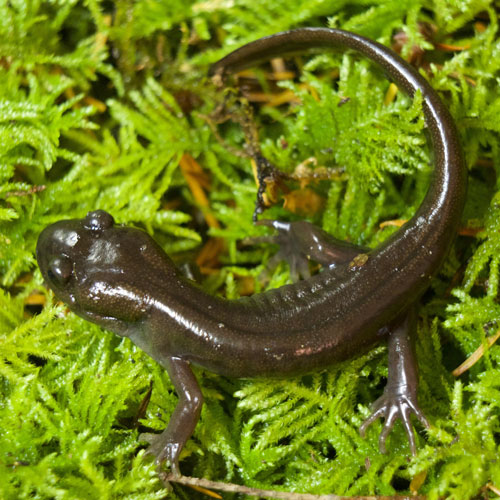Fast Facts
Where they live
- Snapping turtles are an introduced species in some western states, including Washington State.
- Their native range spans from eastern United States to the Rocky Mountains, from southern Canada to the Gulf of Mexico, and into Central America.
- Even though they prefer slow-moving water and soft or sandy bottoms, they can adapt to a wide variety of aquatic habitats, including creeks, bogs, swamps, marshes, pools, lakes, streams, and rivers.
- Even habitats with brackish water (seawater and freshwater mix) or polluted water can be tolerated.
What they eat
- Snapping turtles spend much of their time scavenging along the bottoms of ponds for vegetation to eat.
- However, the majority of their diet is animals, including insects, worms, fish, frogs, snakes, birds, crayfish, small mammals, and dead animals.
- A moss-covered shell helps camouflage the predator, who will quickly ambush prey using its powerful sharp jaws.
Breeding
- Females travel long distances away from their aquatic habitats to lay their eggs, the only time they make such a journey.
- Sometime between May and July, they dig shallow bowl-shaped nests using their hind legs, lay 20 to 40 eggs, cover the nest, and return to the water.
- Predation is highly likely during the time it takes to hatch, which is usually around 80 to 90 days.
- Using a small egg tooth atop their beaks, the young break open their egg shells and head towards water, another time of high predation.
Cool Biology Facts
- Snapping turtles are so large that they cannot even hide in their own shells! Instead, they rely on their powerful snapping jaws for defense.
- Some female snapping turtles have been known to travel as far as one mile in search of a good nesting site.
Threats
- Their meat is a common ingredient in turtle soup and is heavily harvested in some areas. They can also be vulnerable on roads when making their long journeys on land.

Amphibians & Reptiles of Washington
Do you know where rattlesnakes live in our state? Or which salamander breathes through its skin? Explore the fascinating diversity of the 26 species of amphibians and 28 reptiles found in Washington state.

